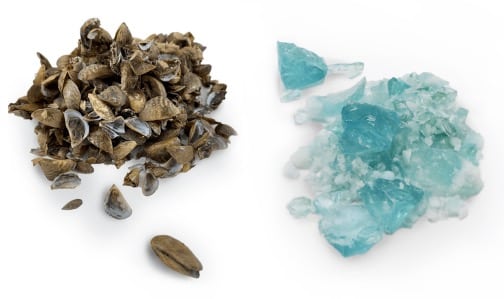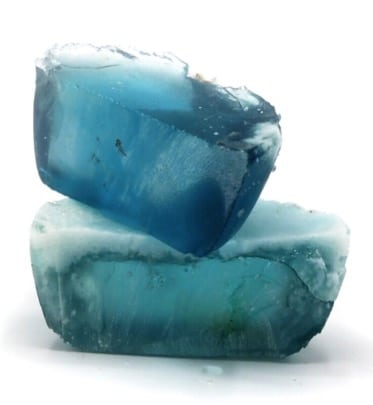Could an Ecological Threat Become a Beautiful Thing?

VISION: In the Great Lakes region, invasive quagga and zebra mussels could be harvested as a raw material for glass making, transforming them into unique objects and sparking a local crafts movement.
TEAM: Emily Marquette, Wei Huang, Marziehsadat Banadaki
SCHOOL: College for Creative Studies, 2020
The proliferation of invasive zebra and quagga mussels in the Great Lakes has overwhelmed native species. Attempts to remove them have been ineffective and sometimes have even caused more harm than good. The team decided to reframe the problem: to identify the mussels as an overabundant resource rather than an “othered” biological threat.
The team ground down mussel shells to use as a source of calcium carbonate for making lime-soda glassware. The glass radiates a brilliant blue—a result of the high copper content of Lake Michigan.
“What if instead of eradication, we focused on utility?”
“What if instead of eradication, we focused on utility? What if we embraced our environment the way it is, and we kept embracing it as it continued to change? And what if when we stepped in to help, we did it not to destroy what does not belong, but to put what’s out of balance to good use?” asks team member Emily Marquette.
“We need to make invasive species material sourcing as commonplace as organic, postconsumer, recycled, grassfed, free range, biodegradable, free trade, and hormone-free. It needs to be policy. But first, it needs to be designed.”

